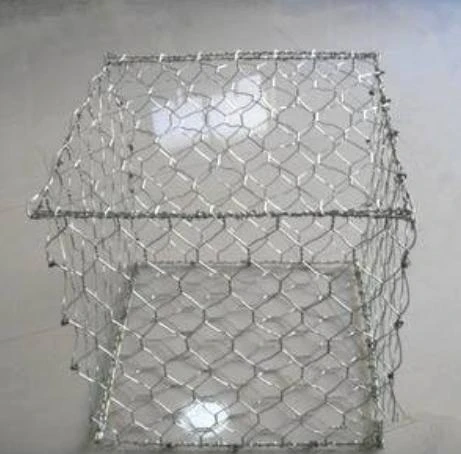
Oct . 07, 2024 11:49 Back to list
field fencing cost per foot
Understanding Field Fencing Costs Per Foot An Essential Guide for Landowners
Fencing plays a crucial role in agriculture and land management, providing security for livestock, protecting crops, and marking property boundaries. However, one of the primary considerations for landowners is the cost associated with installing fencing. Understanding the field fencing cost per foot is vital for budgeting and planning purposes. This article aims to break down the factors that influence fencing costs and provide insights into how to manage expenses effectively.
Types of Fencing Materials
The choice of fencing material significantly impacts the cost per foot. Here are some common materials and their approximate cost ranges
1. Barbed Wire This is one of the most economical options, typically costing between $1 to $3 per foot. Barbed wire is durable and effective for containing livestock but may not provide a strong deterrent against larger animals or intruders.
2. Wire Mesh Known for its durability, wire mesh costs about $2 to $5 per foot. It provides better security and is suitable for both livestock and garden protection. Its installation may require more posts, which can increase the overall cost.
3. Wooden Fencing Wooden fences, such as split rail or picket fences, cost between $5 to $15 per foot. While they offer aesthetic appeal and are durable, wood requires regular maintenance and can be prone to rot and insect damage if not properly treated.
4. Vinyl Fencing This modern option ranges from $10 to $30 per foot. Vinyl fencing is low maintenance, resistant to weather, and provides a polished look. However, its initial cost is significantly higher compared to other materials.
5. Electric Fencing Generally used for containing livestock, electric fencing costs around $1 to $3 per foot for materials but requires an additional investment for energizers. This type of fencing is beneficial for temporary boundaries and offers flexibility.
Labor Costs
Labor is another critical component of fencing expenses. Depending on the complexity of the installation, labor costs can vary significantly. Professional installation generally adds an additional $1 to $5 per foot to the total cost, depending on local wages and the difficulty of the terrain. DIY installations can help save on labor costs, but landowners must factor in the time and effort required.
field fencing cost per foot

Terrain and Location
The geographical location and terrain of the land have a considerable impact on fencing costs. Rocky or uneven land may require additional materials such as more posts or specialized equipment for installation, increasing costs. Furthermore, fencing regulations and permits in certain areas can also add to the overall expense.
Maintenance Costs
It’s essential to consider ongoing maintenance costs when budgeting for fencing. Wooden fences require regular treatment to prevent rot and insect damage, while wire and vinyl options may need occasional repairs. Budgeting for these future costs can help prevent unexpected financial burdens down the road.
Additional Factors
Other factors that might influence fencing costs include
- Gates Incorporating gates can significantly increase costs. A standard gate can cost between $100 and $500, depending on material and size.
- Accessories Accessories like fence posts, fasteners, and tension wire can add to the cost per foot of fencing. These items are essential for ensuring the fence operates effectively.
- Type of Animals The type of livestock being contained also influences the choice of fencing. More aggressive or larger animals may require sturdier materials, leading to higher costs.
Conclusion
When planning for field fencing, understanding the costs per foot is essential for making informed decisions. Different materials offer varied levels of durability, security, and aesthetic appeal, each with its own cost implications. Labor, terrain, and maintenance also play significant roles in determining the overall expense. By carefully considering these factors and aligning them with specific needs, landowners can effectively budget for fencing while ensuring their property is secure and well-maintained. Ultimately, investing in quality fencing can lead to long-term savings and peace of mind in agricultural and land management endeavors.
-
Why a Chain Link Fence is the Right Choice
NewsJul.09,2025
-
Upgrade Your Fencing with High-Quality Coated Chicken Wire
NewsJul.09,2025
-
The Power of Fence Post Spikes
NewsJul.09,2025
-
The Best Pet Enclosures for Every Need
NewsJul.09,2025
-
Secure Your Property with Premium Barbed Wire Solutions
NewsJul.09,2025
-
Enhance Your Construction Projects with Quality Gabion Boxes
NewsJul.09,2025
Products categories











